It is obvious that postmenopausal bone loss is not caused by a lack of calcium but rather a decline in the production of estrogen, which sends a signal to hold calcium in bones. Hormone replacement improves bone density, whereas calcium supplementation produces variable results. [Climateric 10: 257-63, 2007] Some researchers now assert that &ldldquo;reliance on high calcium intakes to reduce the risk of hip fracture in older women is not appropriate.”
When calcium supplementation is used alone, the risk for hip fracture rises significantly. [Osteoporosis International Feb. 20, 2008 online]
Furthermore, as calcium is lost from bone it is deposited in blood vessels, resulting in hardening of the arteries. Calcium supplementation in older women has recently been found to more than double the risk for a heart attack. [British Medical Journal 336: 262-66, Feb. 2, 2008]
While many dieticians indicate dietary intake of calcium is insufficient, women and men in countries with high dairy calcium intake have much higher risk for hip fracture. Countries that consume high amounts of dietary calcium (Scandinavian countries) have the highest risk for hip fracture while countries with the lowest calcium intake (Japan, Turkey) exhibit the lowest risk. [Journal Bone Mineral Research 17: 1237-44, 2002]
In one study the consumption of more than 1200 mg per day of calcium conferred no significant reduced risk for a hip fracture compared to calcium intake below 400 milligrams per day. [Bone 32: 694-703, 2003]
In Sweden, dietary intake of calcium is very high, over 1000 milligrams per day, yet the risk for hip fracture is the highest in the world. Among men and women over age 50, the lifetime risk of a hip fracture in Sweden was 28.5% versus just 1% in Turkey where calcium consumption is low (below 700 mg). [Journal Bone Mineral Research 17: 1237-44, 2002]
The only marginal reduced risk for hip fracture may be derived from the small amount of vitamin D that often accompanies calcium in many dietary supplement formulas. Even then, no significant reduction in hip fracture is observed among women who consume less than 700 IU of vitamin D per day. [Evidence Reports Technological Assessment 158: 1-235, 2007]
Vitamin D increases utilization of calcium from the diet and supplements and prevents calcification of arteries and provides a more ideal approach to postmenopausal bone health than calcium or calcium + vitamin D supplementation. The widely recommended daily intake of calcium for postmenopausal women, 1200 mg, is supposed to be comprised of the diet plus supplements. The typical American diet provides 800-1200 mg of calcium, and even a vegetarian consumes ~600 mg of calcium daily. Compare this to rural Japanese women who have a low rate of hip fracture, consume ~400 mg of calcium from their diet, take no mineral supplements, and utilize concentrated forms of soy phytoestrogens (miso, tempeh) to maintain their bone integrity as they age.
In a misdirection, American women have been barraged with messages to consume more calcium. The amount of calcium intake recommended by public health agencies is ~1200 milligrams, which is to be comprised from the diet plus supplements. The amount of calcium needed to maintain calcium stores in the body is 741 milligrams per day. [US Department of Agriculture December 6, 2007] The diet is generally sufficient without taking supplements.
A more appealing strategy to retain bone calcium in the menopausal years would be to restore the signal to hold calcium in bones. Botanical extracts such as resveratrol and quercetin have been shown to mimic estrogen (without exhibiting undesirable side effects or increasing the risk for hormone-related tumors) and to hold calcium in bones. [Phytomedicine 2007 Dec; 14(12):806-14; Journal Bone Mineral Research 2000 Nov; 15(11):2251-8]. Vitamin D helps to utilize more calcium from the diet. [Bone 2008 Feb; 42(2):271-7]





Leave A Comment